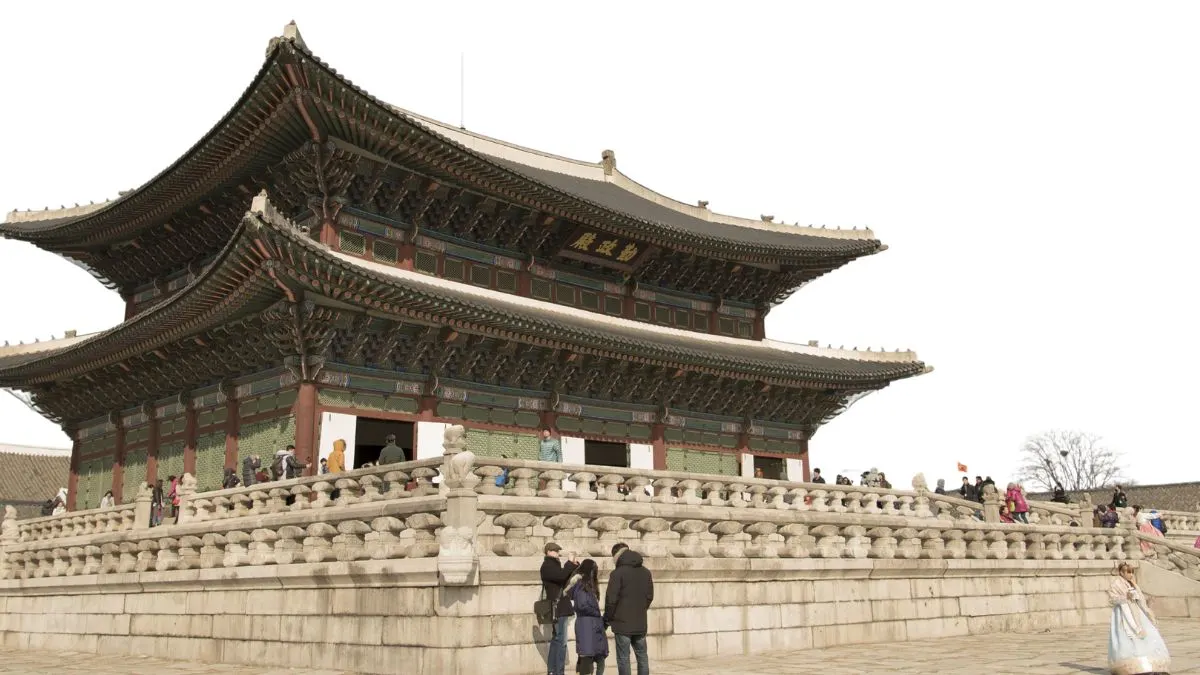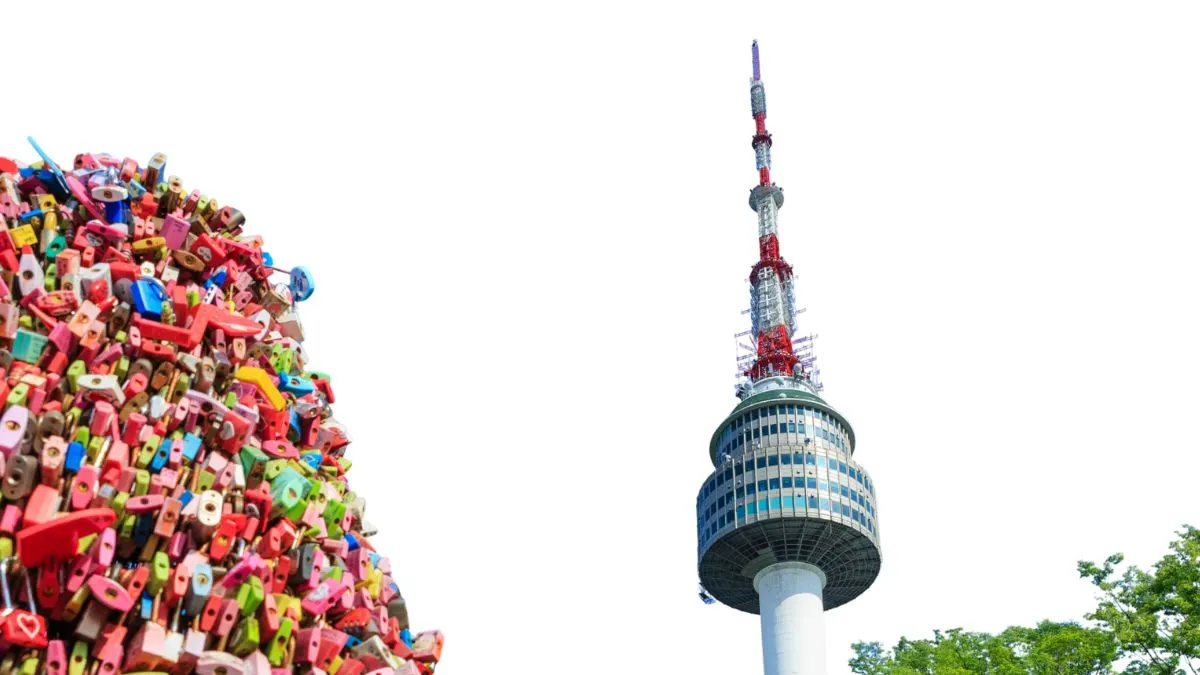If you’re looking for a city where ancient palaces coexist with futuristic skyscrapers, where centuries-old traditions blend seamlessly with cutting-edge technology and pop culture, then it’s time to travel to Seoul. The capital of South Korea is a destination that captivates every kind of traveler — food lovers, history enthusiasts, K-pop fans, and digital nomads alike.
Seoul, the beating heart of South Korea, offers a fascinating mix of old and new. From walking through royal palaces and traditional hanok villages to shopping in glitzy malls and savoring spicy street food, this city never runs out of experiences.
Why You Should Travel to Seoul:
Seoul is more than just a city — it’s an experience. It’s where tradition meets innovation, and where visitors can see the past, present, and future unfold before their eyes. Here’s why millions of tourists travel to Seoul, South Korea every year:
-
Rich Culture and History: Seoul is home to five royal palaces, centuries-old temples, and beautifully preserved hanok villages.
-
Modern Lifestyle: World-class shopping districts, ultra-fast Wi-Fi, and futuristic architecture define the modern Seoul experience.
-
Unmatched Food Scene: From sizzling Korean BBQ to spicy tteokbokki, Seoul is a food lover’s paradise.
-
Entertainment and K-pop: The birthplace of global icons like BTS and BLACKPINK — Seoul pulses with music, dance, and energy.
-
Friendly and Safe: Seoul consistently ranks among the safest and cleanest cities in the world.
When you travel to Seoul, you’re not just visiting a city — you’re immersing yourself in the rhythm of Korean life.
7 Attractions to Visit in Seoul, South Korea:
1. Gyeongbokgung Palace
Built in 1395, Gyeongbokgung Palace is Seoul’s most iconic historical site. Wander through grand courtyards, watch the changing of the guard ceremony, and admire the intricate architecture that tells stories from Korea’s royal past. The nearby National Folk Museum of Korea provides a deeper understanding of traditional life.
2. Bukchon Hanok Village
Located between Gyeongbokgung and Changdeokgung Palaces, Bukchon Hanok Village is a charming neighborhood filled with traditional wooden houses (hanok). Stroll the narrow alleys, take photos of the tiled roofs, and feel transported back to the Joseon Dynasty.
3. Myeongdong Shopping Street
Myeongdong is Seoul’s shopping paradise. From luxury brands to K-beauty stores and endless street food stalls, this district is always buzzing. Try popular snacks like hotteok (sweet pancakes) and odeng (fish cake skewers) while exploring.
4. N Seoul Tower (Namsan Tower)
Perched on Namsan Mountain, N Seoul Tower offers panoramic views of the entire city. Ride the cable car up the hill or hike to the top for a rewarding skyline view. Couples often leave love locks on the fences surrounding the tower.
5. Hongdae
Known for its youthful energy, Hongdae is the hub of street performances, indie cafes, and nightlife. It’s also a hotspot for K-pop dance classes and music shows. If you want to experience Seoul’s creative pulse, Hongdae is the place to be.
6. Insadong
A must-visit for culture and art lovers, Insadong is filled with galleries, tea houses, antique shops, and craft stores. It’s the perfect place to buy souvenirs and traditional Korean items like hanji (handmade paper) and calligraphy sets.
7. Han River
The Han River is Seoul’s lifeline. Locals come here to cycle, picnic, or simply relax. Rent a bike, order fried chicken delivery by the riverbank, and enjoy the view of Seoul’s skyline during sunset.
What to Eat in Seoul, South Korea:
Seoul is a culinary destination like no other. Every corner has something delicious waiting to be discovered. Here are must-try dishes when you travel to Seoul, South Korea:
-
Bibimbap: A rice bowl topped with vegetables, beef, egg, and spicy gochujang sauce.
-
Korean BBQ: Grill marinated meats right at your table — a social and tasty experience.
-
Tteokbokki: Chewy rice cakes simmered in spicy red sauce.
-
Kimchi: Fermented cabbage — Korea’s most famous side dish.
-
Samgyeopsal: Pork belly slices grilled and eaten with lettuce, garlic, and dipping sauces.
-
Jajangmyeon: Noodles with black bean sauce — a comfort food favorite.
-
Korean Fried Chicken: Crispy, double-fried, and often enjoyed with beer.
For the best street food, explore Gwangjang Market, Myeongdong, and Namdaemun Market. Don’t miss local desserts like bingsu (shaved ice) or hotteok during winter.
Best Time to Travel to Seoul:
-
Spring (March–May): Cherry blossoms bloom, and the weather is mild.
-
Summer (June–August): Warm with lively festivals, but can be humid.
-
Autumn (September–November): Cool weather and beautiful fall foliage.
-
Winter (December–February): Cold but festive, with Christmas lights and snow.
Each season offers a unique charm, so plan your travel to Seoul depending on your preferred climate and activities.
Read Next: Travel To Seville | Spain’s Most Romantic City
Getting Around Seoul:
Seoul’s public transport is among the best in the world — fast, clean, and affordable.
-
Subway: The Seoul Metro connects every major district, with English signage throughout.
-
T-money Card: A rechargeable transit card usable on buses, subways, and even taxis.
-
Buses: Reliable and extensive, with color-coded routes.
-
Taxis: Safe and convenient, though slightly more expensive.
-
Walking: Many neighborhoods like Myeongdong, Insadong, and Hongdae are pedestrian-friendly.
Download the KakaoMap or Naver Map app for navigation, as Google Maps doesn’t work perfectly in South Korea.
Where to Stay in Seoul:
Seoul offers a wide range of accommodation options to fit every budget:
-
Luxury: Signiel Seoul, Four Seasons Seoul, The Shilla Seoul.
-
Mid-range: L7 Myeongdong, Tmark Grand Hotel, Glad Mapo.
-
Budget: Hostel Haru, K-Guesthouse, or Airbnb stays in Hongdae.
-
Unique: Stay in a traditional hanok guesthouse in Bukchon or Insadong.
Choose accommodation near a subway line for easy access to all major attractions.
Hidden Gems in Seoul:
If you’ve already seen the main attractions, explore these local favorites:
-
Ihwa Mural Village: A hillside community covered in colorful murals and art installations.
-
Seochon Village: Less crowded than Bukchon, filled with cozy cafes and boutiques.
-
Dongdaemun Design Plaza (DDP): A futuristic architectural masterpiece with exhibitions and fashion markets.
-
Ewha Womans University Street: Affordable shopping and trendy cafes popular with students.
These lesser-known spots make your travel to Seoul experience even more authentic.
Travel Tips for Visiting Seoul:
-
Learn a few Korean phrases like “Annyeonghaseyo” (Hello) and “Gamsahamnida” (Thank you).
-
Most shops accept cards, but keep some cash for street vendors.
-
Download Papago for translations.
-
No tipping is expected in restaurants or taxis.
-
Wi-Fi is widely available, but renting a pocket Wi-Fi is useful.
-
Respect local customs, such as removing shoes before entering homes.
Travel to Seoul Now:
- Seoul is a city that reinvents itself constantly while keeping its cultural soul intact. It’s a place where you can stroll through a royal palace in the morning, eat spicy street food for lunch, and watch K-pop performances at night. Few destinations offer such a perfect blend of history, technology, and creativity.
- Whether you’re here to explore the past, dive into modern pop culture, or simply enjoy the warmth of Korean hospitality, travel to Seoul is an experience that stays with you long after you return home.
Ready to Plan Your Trip?
- Start your travel to Seoul today — book your flights, plan your itinerary, and get ready to experience one of the most dynamic cities in Asia. From palaces to night markets, Seoul is waiting to show you its charm.
- Don’t wait — your Seoul adventure starts now.
FAQs:
1. Do I need a visa to travel to Seoul, South Korea?
Many nationalities can enter visa-free for up to 90 days, but always check current visa policies before departure.
2. Is Seoul expensive for tourists?
Seoul can be affordable if you eat at local restaurants, use public transport, and stay in budget hotels.
3. How many days do I need in Seoul?
A 5–7 day trip is ideal for exploring major attractions and neighborhoods comfortably.
4. Is Seoul safe for solo travelers?
Yes. Seoul is one of the safest cities in the world, even at night.
5. What currency is used in Seoul?
The South Korean Won (KRW) is the local currency. Credit cards are widely accepted.
6. What is the best area to stay in Seoul?
Myeongdong for shopping, Hongdae for nightlife, Insadong for culture, and Gangnam for luxury.
Travel to Seoul?
From royal palaces to neon lights, from K-pop beats to serene temples — Seoul, South Korea is a city that embraces contrasts. Every corner tells a story, every meal brings new flavors, and every experience leaves a lasting impression.So pack your bags, plan your journey, and let Seoul show you why it’s one of the world’s most exciting destinations.


